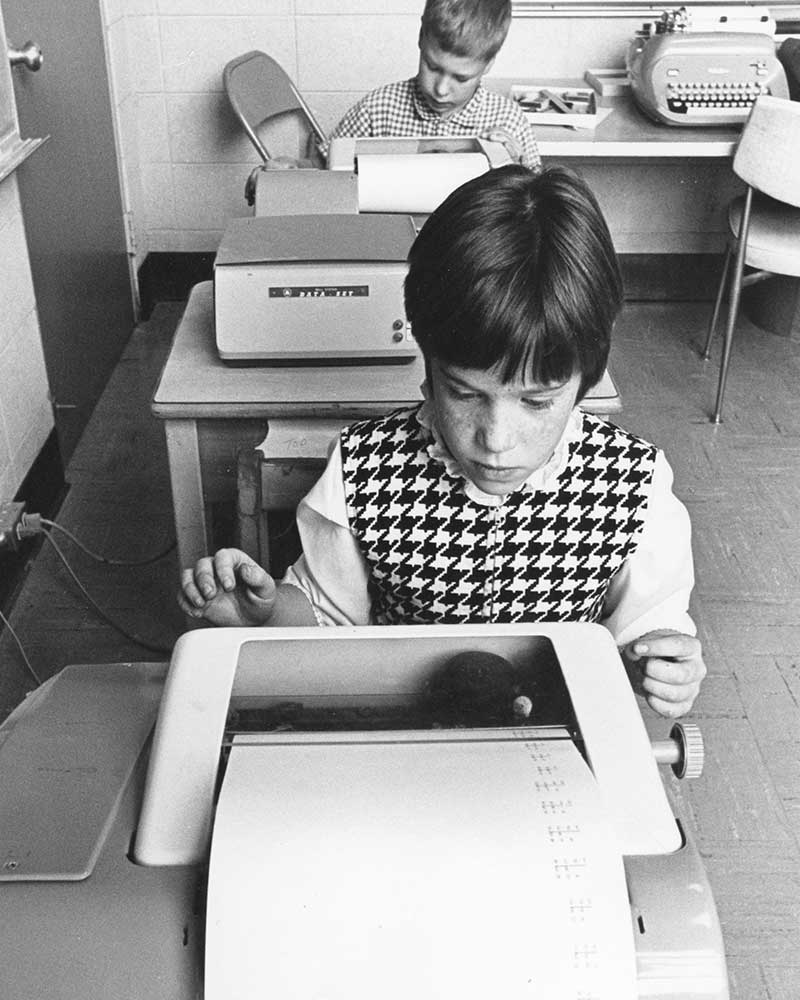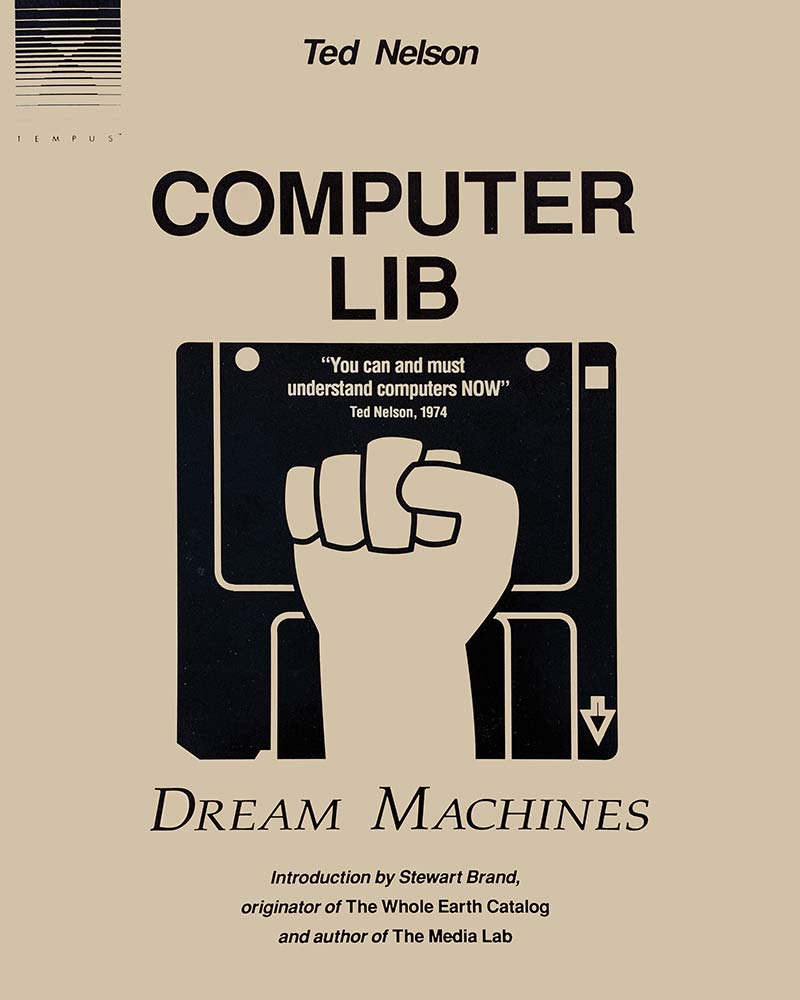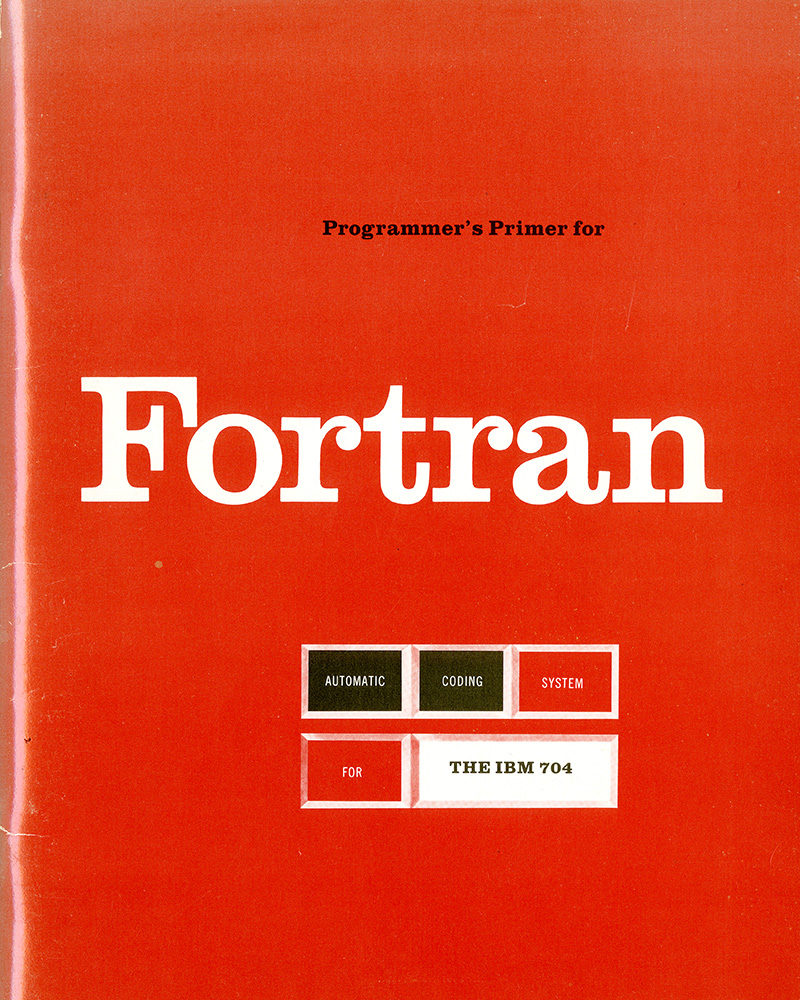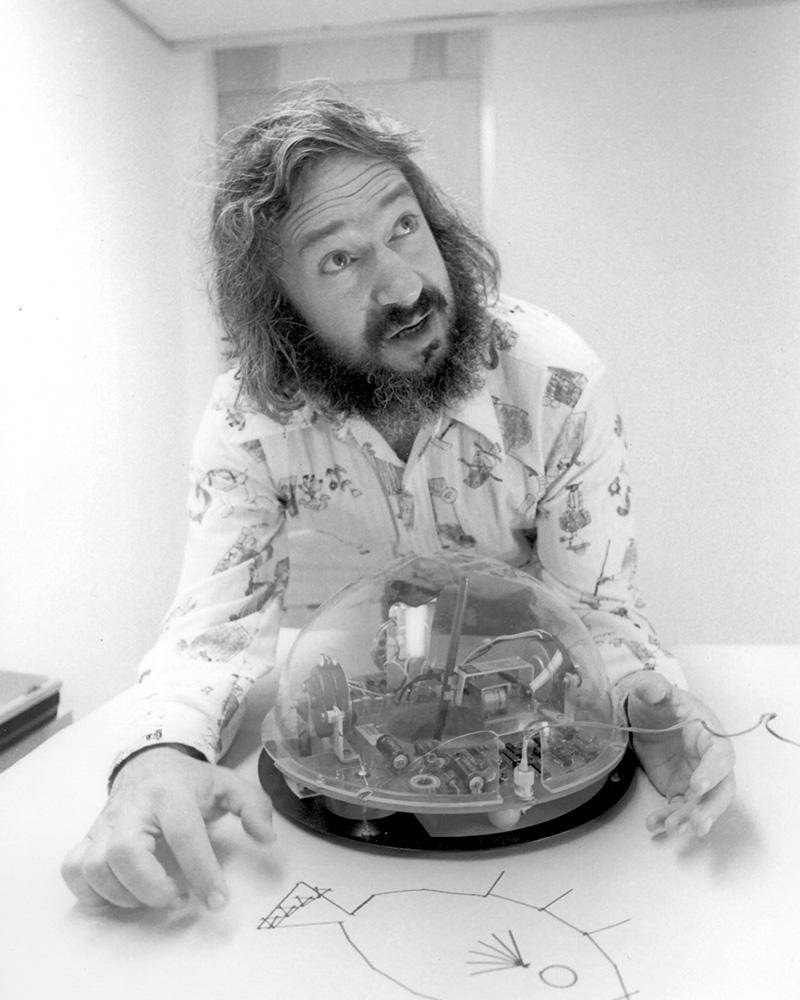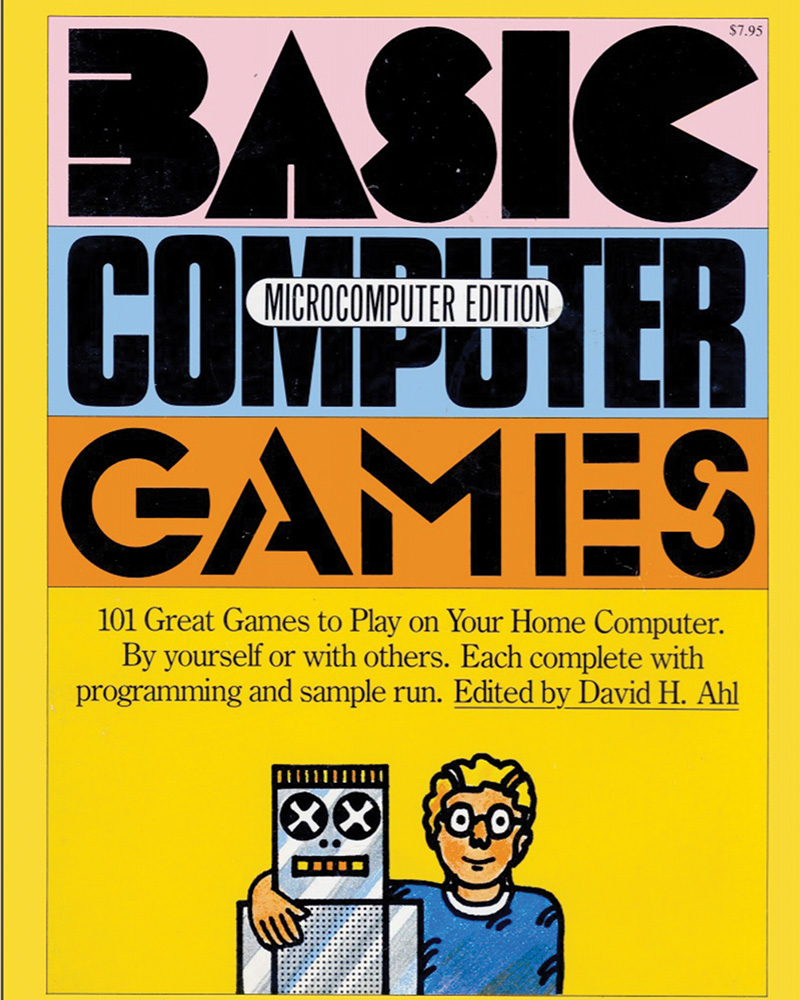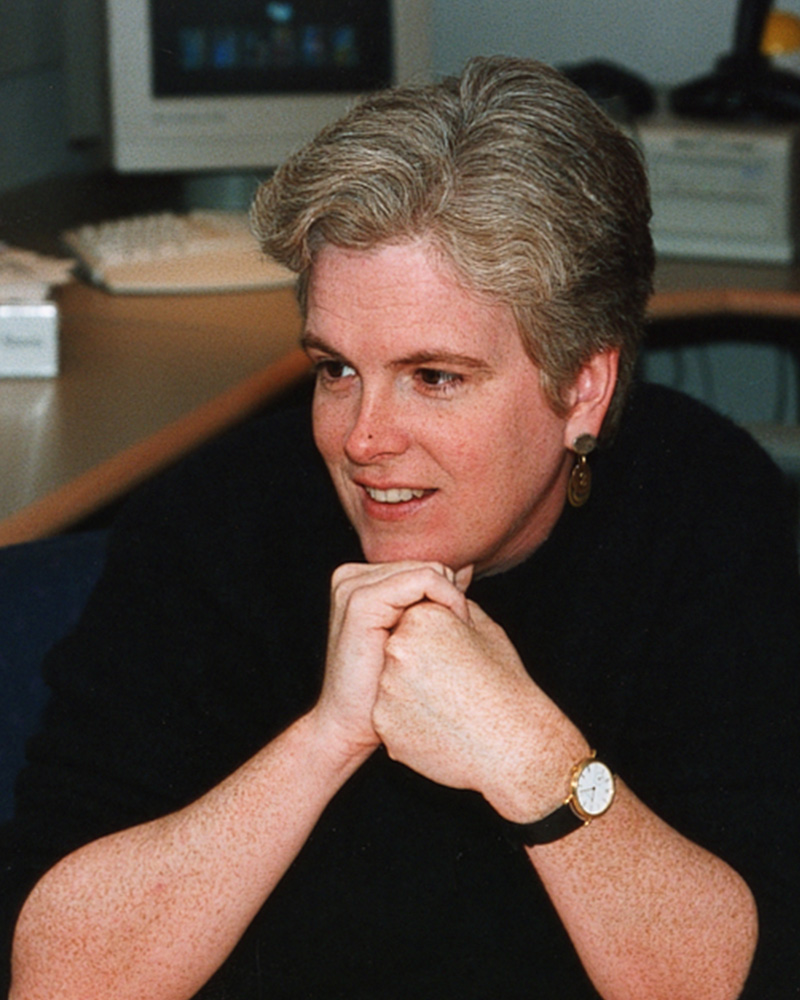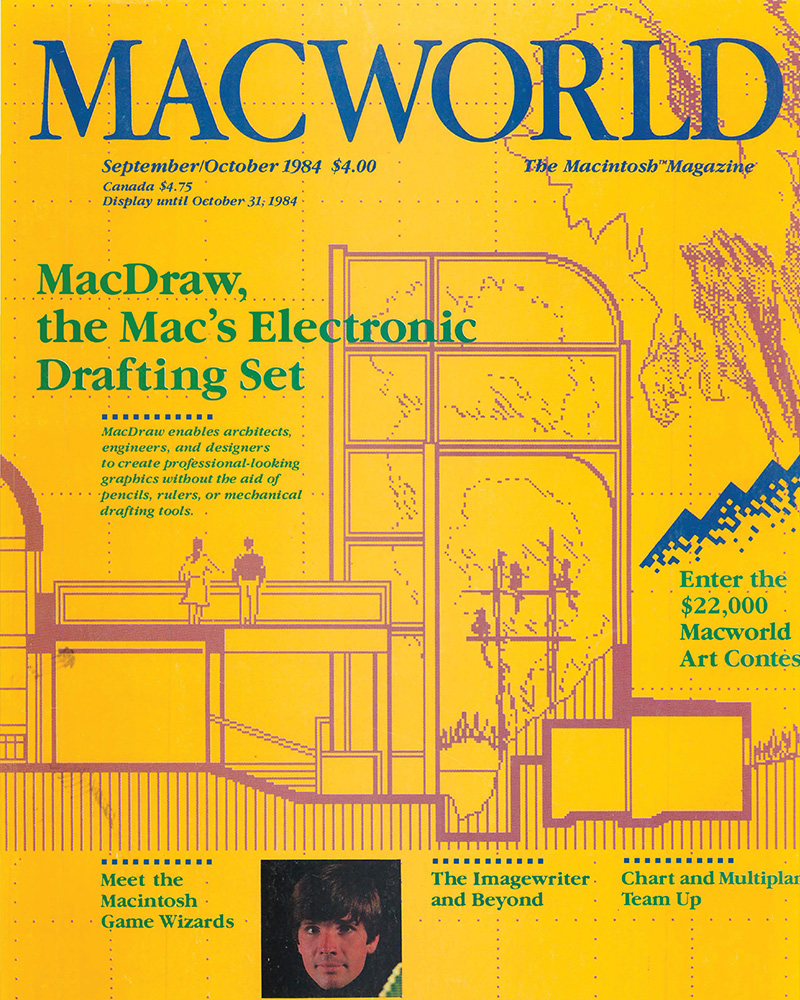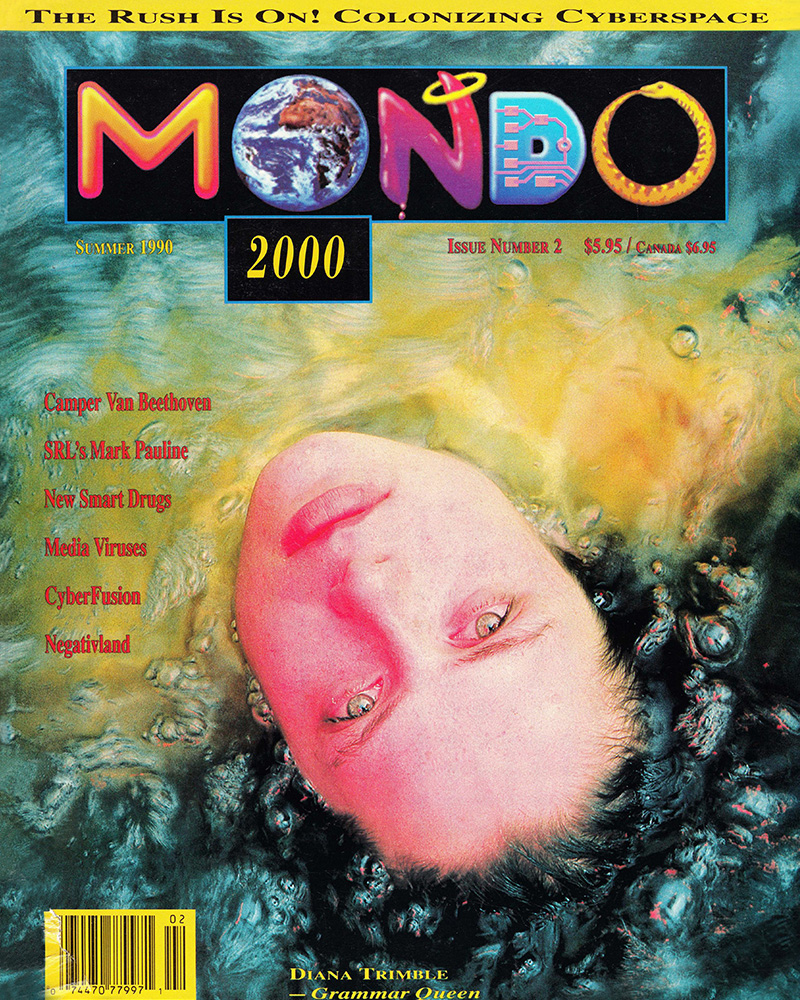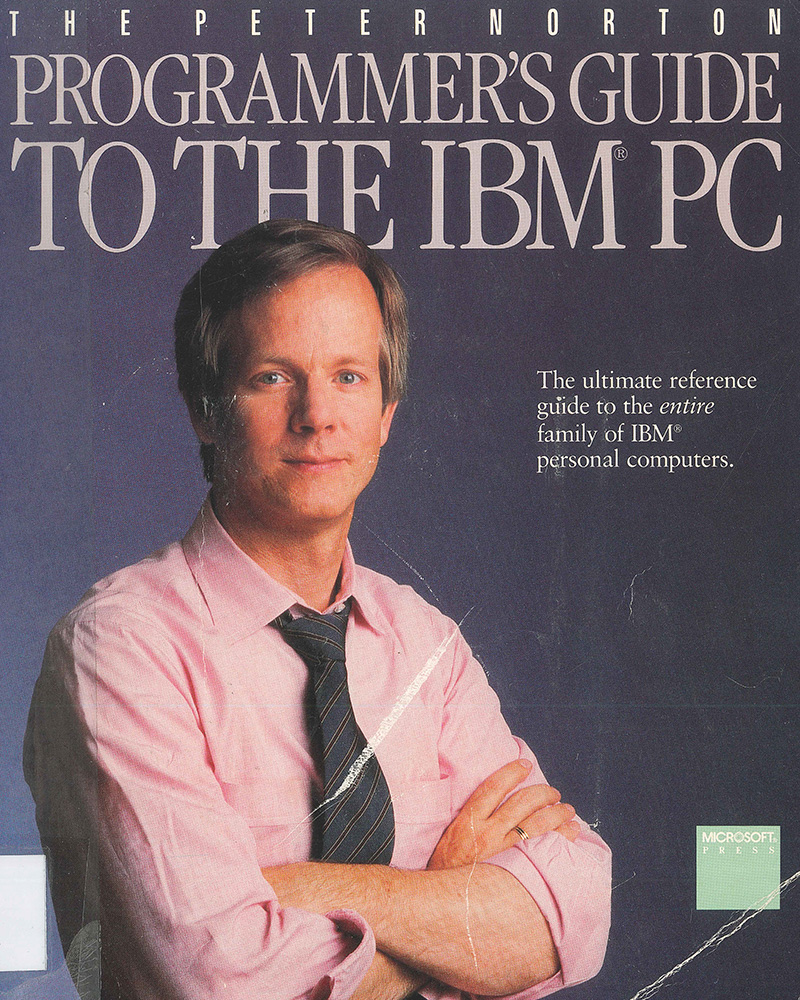Code Nation Excerpt (Chapter 2)
Programming gained momentum as part of the countercultural movement in America
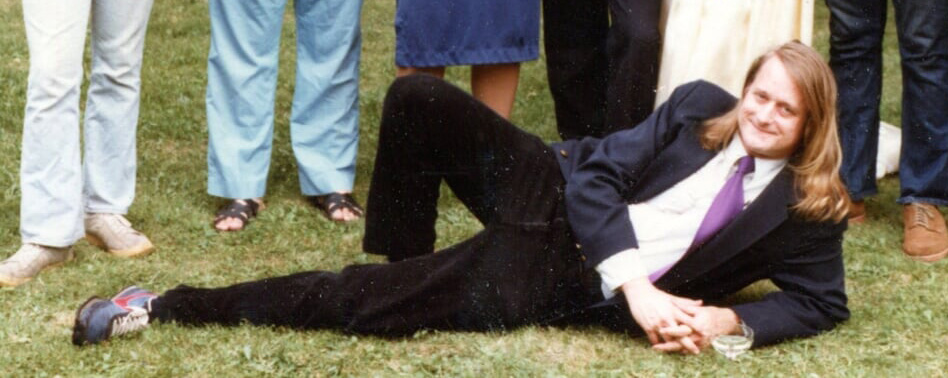
Ted Nelson, c. 1981. (Photo from the collection of Dr. Nelson and used with his permission.)
In the 1950s and 1960s, the centers of mainframe computing research in the U.S. were to be found in the headquarters of IBM in upstate New York and in the labs of nearby Cambridge, Massachusetts. This world of academic research is described in Chapters 2 and 3 of Code Nation, where readers are introduced to important debates within the emerging field of Computer Science about how computers should be introduced to American society.
By the late 1960s and early 1970s, however, a relatively compact region of California between San Jose and San Francisco became a crucible not only for political protests and a thriving counterculture but also a new set of computing paradigms that would deeply influence the technical world.
A seminal text in the communication of counterculture values was Theodore Roszak’s The Making of a Counter Culture (1969), which criticized the dominant industrialized cultures of Europe and America and suggested new ideals for disaffected citizens, students, and intellectuals. Roszak rejected what he called technocracy in modern societies, the oppressive regimes of corporate and technological expertise that seemingly dominated society and regimented social and intellectual life.
Countercultural intellectuals came to view most of the scientists who worked on government and military projects as bureaucrats who were somehow supporting the wrong team. The fact that many of the employees who worked on these projects also had concerns about the ethics of the military-industrial complex was beside the point, at least for a while.
Ted Nelson’s Computer Lib/Dream Machines
One important spokesman for these ideas was Ted Nelson, a prolific inventor and writer. In 1974, Ted Nelson self-published Computer Lib/Dream Machines, a book that would change computing history. Throughout the book, Nelson repeated the following statement:
“You can and must understand computers NOW!”
Nelson also encouraged his readers to begin programming. When discussing learning to program computers, Nelson compared programming to another American obsession—driving an automobile. “If you’ve never written a program, it’s like never having driven a car,” Nelson wrote. “You may get the general idea, but you may have little clear sense of the options, dangers, constraints, possibilities, difficulties, limitations, and complications.”
Nelson came of age in the 1960s, and he knew firsthand about the “crisis” mythology surrounding corporate and government computing. He also recognized that the world of computers and software was changing rapidly.
Computers had the potential to improve and enhance human societies. To Nelson, the devices had appeared fortuitously as the next iteration in a long line of textual devices that had the potential to inform communities, expand the mind, and reunite people with their literary heritage.
The 1974 edition of Computer Lib/Dream Machines envisioned a revolutionary computing context in which a terminal connected to a time-sharing system would provide new ways of accessing a mainframe’s software and data resources. In the 1987 version of the book, Nelson revised his ideas to introduce a range of “personal” computing technologies, including the Altair microcomputer, the Apple II, various IBM PCs and compatibles, the Macintosh, new minicomputer systems, and platforms running CP/M, MS-DOS, Unix, and Macintosh Finder.
Regardless of the device, however, Nelson argued that computers only become revolutionary when the user was put in charge of the computer and its resources. An important aspect of this command and control included computer programming. “The world is divided,” Nelson intoned, “into people who have written a program and people who have not.”
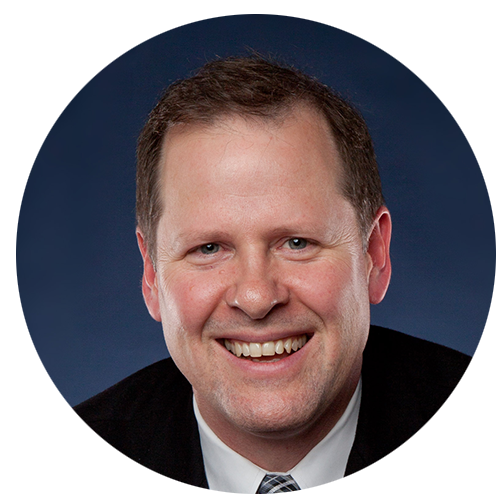
Michael Halvorson, Ph.D., is an American technology writer and historian. He was employed at Microsoft Corporation from 1985 to 1993, where he worked as a technical editor, acquisitions editor, and localization project manager. He is currently Benson Chair of Business and Economic History at Pacific Lutheran University, where he teaches the history of business and computing and directs the university's Innovation Studies program.


